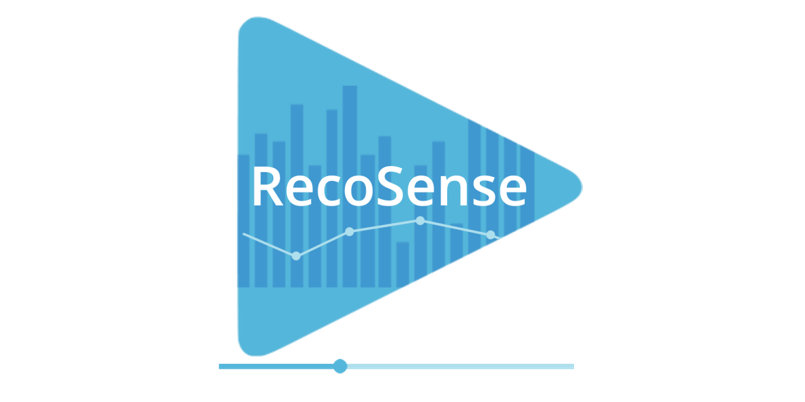In this digital age, technological advancements all around the world are striking. This resulted in a massive progression in the world economy, as well as in the different countries. Many companies have been getting recognition and prosperity over the years because of these advancements. They are most likely planning in advance for the business or company growth by looking into their possession data.
Organizations in different sectors are now at a different level, The competition and the survival of these companies are maintained through modern and more complex methods. You will no longer find big enterprises relying on current events and simply going with the industry’s flow. Organizations are using past events and data to gain insight into what would happen in the future.
You might be wondering if such a thing is truly possible. Is it really possible to predict the future by looking into mere numbers and data acquired in the past? It sounds crazy, but that’s just how the current state of our technology is.
This article will introduce one way to make it possible: Predictive analytics!
What is Predictive Analytics?
Predictive analytics uses, analyzes, and assesses historical and recent data to predict future events or outcomes. It incorporates different statistical techniques and machines, algorithms, and technological instruments like AI transformation to identify what would be the future movements of one data, market, trends, and other valuable and predictable variables.
Through this advanced analytics, many industries that are keen for future events in their respective fields are being saved and continuously progressing. Predictive analytics shows the likelihood of one or more occurrences based on past data. It can represent relationships between variables or conditions and also identifies possible risks or opportunities in the near future.
Why is Predictive Analytics Important?
There are benefits you can gain in using predictive analytics. It is not an exaggeration to say that businesses, companies, organizations, and even individuals use predictive analytics to ensure growth and gains. It makes the operation and plans certain and safe by predicting the future. It allows individuals and organizations to use the acquired information of possible future to their advantage. Because predictive analytics uses past data to gain future insights, it will become possible for you to plan ahead, implement actions, and make the best possible decisions towards success.
Benefits of Using Predictive analytics
1. Predict future performance, events, outcomes
Predictive analytics is used to predict the future through assessing historical data using statistical methods, machines, and other advancements. You will become certain when you have insights into possible outcomes. You allow yourself and your business to think far from the future because of the acquired future insights.
One great real-life application is when retail companies can use predictive analytics to gain foresight of the supply and demand in the market. Assessing acquired data from the previous performance of the company can also generate useful insights to forecast revenues, possible losses, and future performance of sales and marketing accurately.
2. Stand in a more advantageous competitive position
If you know the future, you can do something, prepare, and have the upper hand. If you are handling a business, using predictive analytics to predict the market movements, demands, and customers will put you ahead of your business competitors. A technology-inclined company can also use predictive analytics to look into possible trends, problems, and opportunities.
3. Minimize risk
You will know and realize the potential threats or risks to your business that could put you in dire situations. Paired with other different analytics and business intelligence, you can avoid serious threats that can potentially ruin or harm you. It minimizes risks you can get by planning and managing plans and solutions to solve the problems. Predictive analytics also detects frauds through observing and assessing pattern behaviors and movements that could give you time to stay away from serious problems and vulnerabilities.
Investors and traders also use predictive analytics in identifying good stocks or companies to invest in. They usually use the previous market performance of the company in the last few months or years to assess the movement of the market in the future. This minimizes the risk of losing your invested money and helps you generate a risk management plan.
4. Prepare better decisions
Having the opportunity to gain future insights or movements can drastically improve the chances of growth. Planning and thinking of ways to be competitively advantageous are critically important in an organization or business. The farther you can predict, the more prepared you can be.
Just like how you assess past data to gain future insights, you can now come up with new assessments and procedures of your business, organization, or company to gain future advantages. Business process automation, operation, and management departments are using past events and data to gain insight into what would happen in the future.
5. Boost growth
Being able to see the market or movement months and years from now can give you more opportunities to take advantage of. Predictive analytics not just prepares you for knowing the worst situations but also the best events. Boosting and ensuring growth is one of the benefits predictive analytics can give you. You can start optimizing your operations, improving each department or sector, and ensuring your group’s effectiveness and efficiency.
Key Takeaways
Predictive analytics gives you the advantage of predicting future movements and gain insights through analyzing and assessing past data. Now that you know that there is a way to not purely based on assumptions, you can definitely maximize the benefits of using predictive analytics. In this time where high-technological advancements are possible, you can become more advanced than anyone and any company as early as now.


Leave a Reply